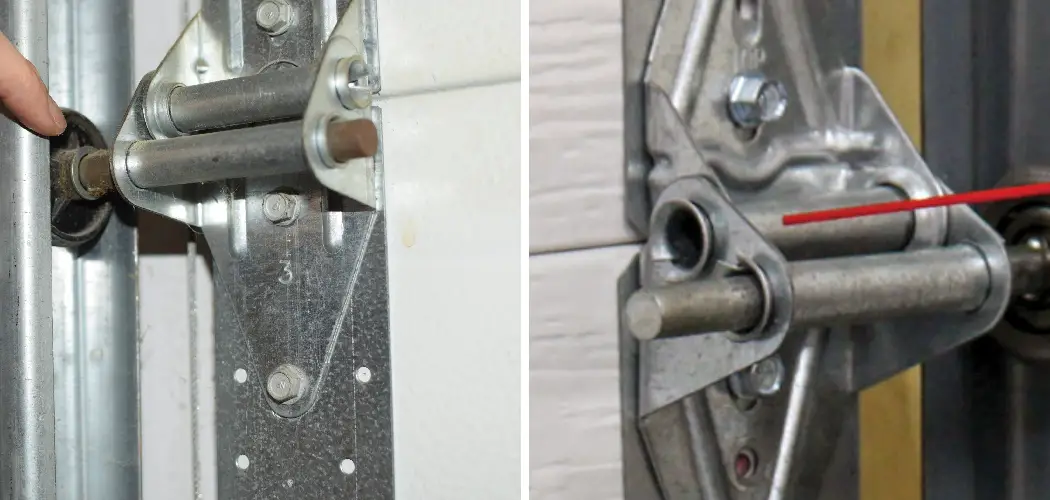A loud garage door can be an annoyance, causing disruptions within your home and contributing to noise pollution in the surrounding environment.
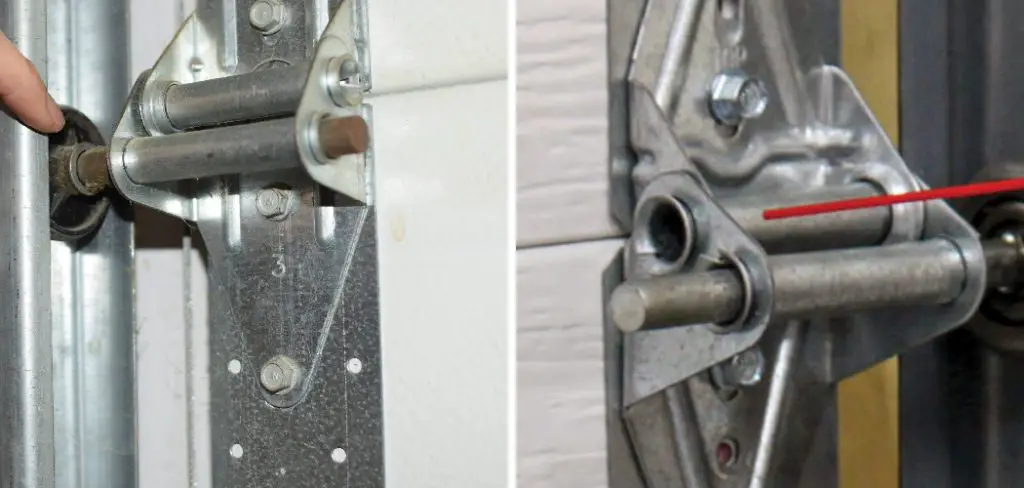
Addressing this issue is crucial, as it prevents potential damage to the door system and ensures a smoother operation.
In this article, we will explore how to fix loud garage door effectively. We will begin by identifying the source of the noise before moving on to lubrication techniques, tightening hardware, replacing worn-out parts, and upgrading components for a quieter experience. Finally, we will cover maintenance tips to help keep your garage door functioning quietly for years to come, enabling you to enjoy a peaceful living space while prolonging the life of your garage door system.
Identifying the Source of the Noise
Understanding the origin of the noise in your garage door system is essential for effectively addressing the issue. Common noise sources include rollers, hinges, springs, and the garage door opener itself.
Rollers can become worn, and hinges may rust, leading to squeaking or grinding sounds. Springs that are out of balance can produce banging noises, while the opener can create vibrations that amplify other sounds in the system, making it crucial to pinpoint the exact culprit.
Common Noise Sources
The rollers, hinges, springs, and openers are typical noise sources in a garage door system. If they are not functioning correctly, each of these components can contribute to unwanted sounds. Identifying the source helps in applying the right solution for effective noise reduction.
Types of Noises and Their Causes

Garage doors may exhibit various noises, including squeaking, grinding, and banging. Squeaking often results from a lack of lubrication, while grinding can signify worn-out components or debris lodged in the tracks. Banging noises may be caused by misaligned parts or loose hardware, necessitating prompt attention to prevent further damage.
How to Fix Loud Garage Door: Lubricating Moving Parts
Importance of Lubrication
Regular lubrication is essential for reducing noise and ensuring smooth operation of your garage door system. Properly lubricated components can significantly decrease friction, mitigating wear and tear. For optimal results, it’s important to use suitable lubricants, such as silicone-based sprays, which are less likely to attract dirt and debris compared to oil-based alternatives.
Lubricating Hinges, Rollers, and Tracks
To effectively lubricate hinges, rollers, and tracks, clean the components to remove any accumulated dust or debris. Next, apply a silicone-based lubricant to the hinges, rollers, and along the tracks.
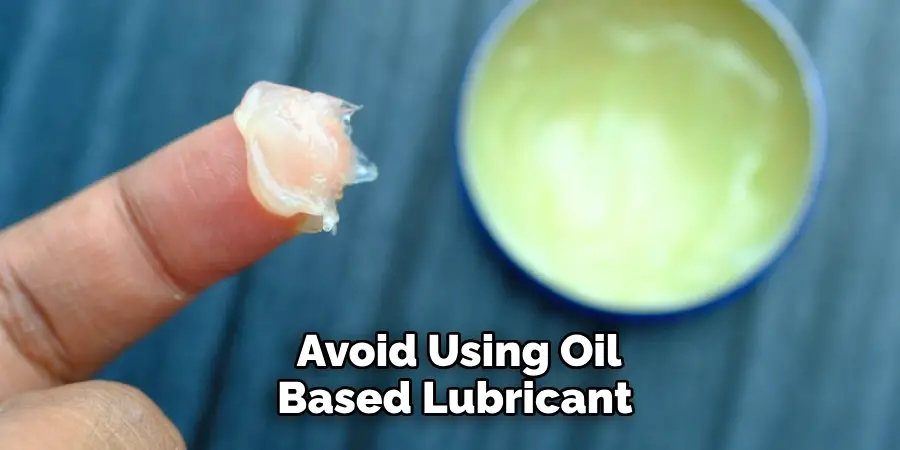
Ensure that you are applying a thin, even layer, avoiding over-application, which can lead to excess buildup. Moving the door up and down a few times after lubrication is crucial to help distribute the lubricant evenly throughout the moving parts. Avoid using oil-based lubricants, as they can attract dirt, leading to additional noise and complications over time.
Lubricating Springs and Chains
If your garage door system has springs and a chain, it’s important to lubricate these components as well. Apply a light silicone lubricant to the springs and, if applicable, the chain. This helps to prevent unwanted squeaking and grinding noises while promoting smoother operation.
Always exercise caution when handling high-tension springs to avoid injury, ensuring you follow safety precautions throughout the lubrication process. Proper maintenance in this area is vital for maintaining a quiet and efficient garage door system.
How to Fix Loud Garage Door: Tightening and Replacing Hardware
Tightening Loose Bolts and Screws
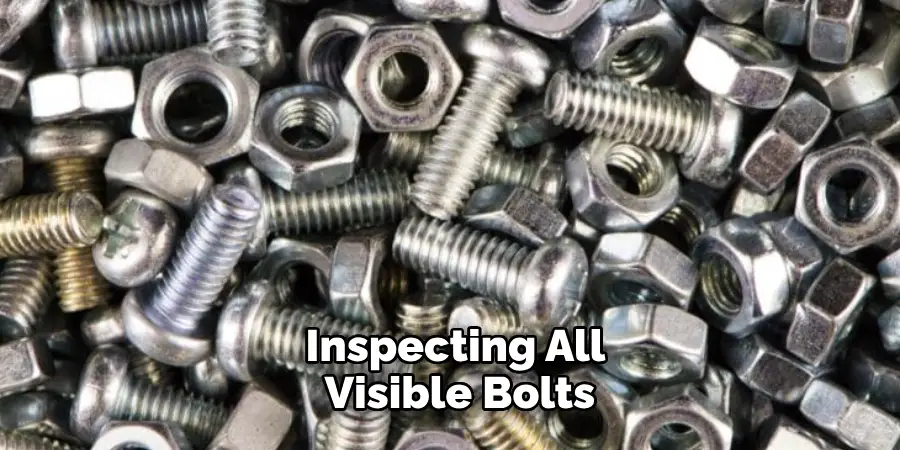
Loose bolts and screws are significant contributors to noise in your garage door system, often producing rattling or banging sounds as the door operates. To address this, start by inspecting all visible bolts, screws, and brackets on the garage door and opener.
Use a socket or wrench to tighten any loose hardware, ensuring a snug fit without over-tightening, which could cause damage. Pay special attention to the hinges, where movement can exacerbate noise issues if not securely fastened. Additionally, check the bracket that attaches the opener to the ceiling and any other mounts that may have loosened over time. Regularly inspect these components during your maintenance routine to catch any issues early, preventing larger problems and ensuring a quieter garage door operation.
Replacing Worn-Out Parts
As components like rollers, hinges, or weather stripping show signs of wear, they can create additional noise during operation.
Identifying and replacing these worn-out parts is crucial for a quieter garage door experience. Begin by inspecting rollers and hinges for any cracks or excessive wear; if you notice significant damage, it’s time for a replacement. For roller replacement, detach the hinge and gently remove the roller from the track before installing a new, quieter roller.
Regarding weather stripping, ensure it forms a tight seal when the door is closed to silence any gaps that might allow noise to escape. Opting for higher-quality or quieter parts not only helps in reducing noise but can also extend the lifespan of your garage door system. By prioritizing replacing worn components, you can significantly enhance the performance and serenity of your garage space.
Adjusting the Garage Door Opener
Adjusting the Limits and Force Settings
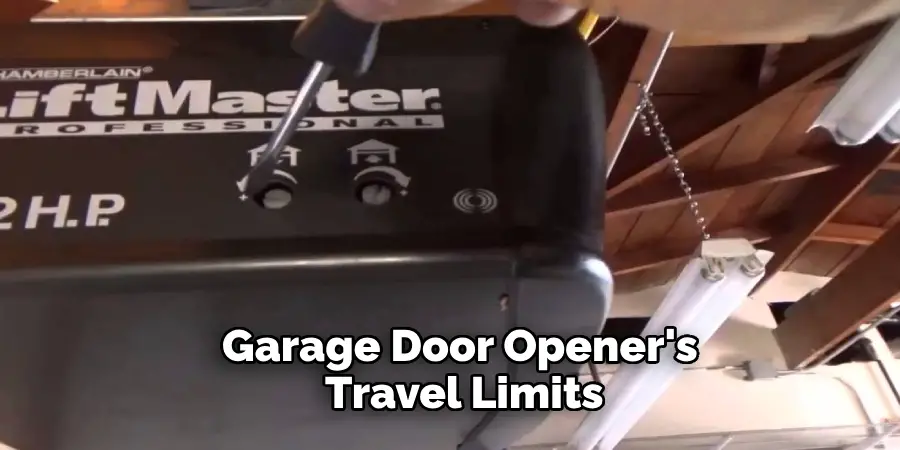
Properly adjusting the garage door opener’s travel limits and force settings ensures the door opens and closes smoothly without causing excess noise.
Travel limits determine how far the door moves when opening and closing, while force settings control the amount of power exerted by the opener. Misadjusted limits can lead to slamming when the door reaches the ground or the top of its opening, which not only creates loud noise but could also result in wear and tear on the door itself.
To adjust these settings, consult the manufacturer’s instructions, typically found in the opener’s manual, which usually involve locating the limit adjustment screws on the opener unit. Adjust these settings gradually, testing the door’s operation after each adjustment until it opens and closes quietly and fully without undue strain.
Reducing Opener Vibration

Vibrations from the garage door opener can significantly contribute to overall noise during operation. Consider installing rubber pads or vibration isolators under the opener’s motor to mitigate these vibrations. These pads absorb vibration, resulting in quieter operation. Additionally, ensure the mounting brackets are properly secured and not loose, as excessive movement during operation can amplify noise.
If the opener is mounted to a metal or hard surface, the lack of cushioning can lead to increased resonance and sound. Adjusting the mounting if it’s misaligned can also help reduce noise levels. By prioritizing these vibration-reducing methods, you can enhance the quiet operation of your garage door system, creating a more pleasant environment while improving the longevity and performance of the opener.
Upgrading to Quieter Components
Nylon Rollers vs. Metal Rollers
When considering an upgrade for your garage door system, choosing between nylon rollers and metal rollers can significantly impact the noise levels. Nylon rollers are generally quieter and operate more smoothly than their metal counterparts.
Nylon rollers’ design helps reduce friction during movement, leading to less noise as the door opens and closes. Additionally, nylon is less prone to rust and wear over time, contributing to longer-lasting performance. When selecting nylon rollers, choose high-quality options with ball bearings for optimal functionality.
During installation, ensure the rollers are aligned properly within the track and replace them one at a time to maintain the door’s balance. This simple upgrade can greatly enhance the quietness of your garage door operation, contributing to a more serene environment.
Upgrading to a Belt-Drive Opener
Switching from a chain-drive garage door opener to a belt-drive model can lead to a noticeable reduction in noise. Belt-drive openers use a rubber belt instead of a metal chain, eliminating metal-to-metal contact and significantly reducing operational sounds.
This advantage makes belt-drive systems particularly suitable for homes with living spaces adjacent to or above the garage. Additionally, belt-drive openers tend to require less maintenance and are less prone to wear and tear over time, which can result in a quieter experience in the long run.
When considering an upgrade, look for models with high horsepower ratings to ensure effective lifting power without compromising noise levels. Investing in a belt-drive opener improves the quietness of your garage door and enhances its overall performance and longevity.
Adding Insulation to the Garage Door
Adding insulation to your garage door is another effective approach to mitigate noise and improve energy efficiency. Insulating materials, such as polystyrene or polyurethane panels, can be attached to the inside of the door. They help dampen the sound by absorbing vibrations and reducing echoes, creating a quieter atmosphere.
Additionally, insulated doors tend to maintain more stable temperatures inside the garage, which can be beneficial in extreme weather conditions. When choosing insulation materials, consider R-value (insulation effectiveness) and ensure they fit the dimensions of your door snugly. Installation typically involves removing the door from its tracks, applying insulation panels, and securely sealing them.
This dual benefit enhances the tranquility of your home environment and promotes better energy efficiency by reducing heat loss, ultimately leading to lower utility bills.
Adding Noise-Dampening Materials
Using Rubber Insulation Strips
To effectively reduce noise from your garage door, consider applying rubber insulation strips to the door’s tracks, hinges, and other metal components. These strips work by absorbing vibrations that occur during operation, which significantly damduring operation, significantly dampeningens sound.
Start by measuring the lengths needed and cut the rubber strips accordingly. Clean the surfaces where you will apply the strips to ensure proper adhesion, then simply peel off the backing and press the strips firmly onto the cleaned surfaces. Concentrate on high-contact areas such as hinges and tracks, where noise levels are most pronounced.
Installing Anti-Vibration Pads
Placing anti-vibration pads under the garage door opener and any other vibrating components is an efficient way to minimize noise further. These pads act as shock absorbers, reducing the transfer of vibrations to the surrounding structure.
When selecting these pads, choose high-density rubber or foam options for optimal performance. Installation involves lifting the opener slightly to position the pads underneath, ensuring a snug fit. Regularly check these pads for wear to maintain their noise-dampening effectiveness.
Regular Maintenance Tips
Routine Inspections and Tune-Ups
Regular inspections and tune-ups are essential for maintaining a quiet garage door system. Check for wear and tear on components such as springs, hinges, and cables to identify potential issues before they escalate. Ensure that all parts are properly aligned and lubricated, as misalignment can lead to noise during operation. A bi-annual inspection is recommended to keep the system functioning smoothly and quietly, allowing you to address any problems early on.
Keeping the System Clean
Maintaining a clean garage door and opener reduces noise and ensures longevity. Dust and debris can accumulate in the tracks and on the moving components, leading to increased friction and noise.
Regularly wipe down the door and clean the tracks with a damp cloth to remove grime. Additionally, a vacuum should be used to eliminate dust build-up around the opener. By keeping the system clean, you’ll promote quieter operation and extend the lifespan of your garage door components.
Conclusion
In summary, knowing how to fix loud garage door involves several key steps that can significantly reduce noise levels. Begin by lubricating all moving parts and tightening any loose hardware to minimize operational sounds. Upgrading components such as rollers and openers can dramatically enhance performance and quietness. Furthermore, adding noise-dampening materials like rubber insulation strips and anti-vibration pads can absorb and reduce unwanted noise during operation.
For best results, following these instructions carefully and conducting regular maintenance, including inspections and cleaning, is essential to ensure continued effectiveness. Remember, many noise-related issues can be easily resolved with some fundamental adjustments and upgrades, ultimately leading to a quieter, more efficient garage door system that enhances the comfort of your home.
I am Rick. I grew up helping my dad with his handyman service. I learned a lot from him about how to fix things, and also about how to work hard and take care of business. These days, I’m still into fixing things- only now, I’m doing it for a living.
I’m always looking for new ways to help people grow and develop. That’s why I have created this blog to share all my experience and knowledge so
that I can help people who are interested in DIY repair.

